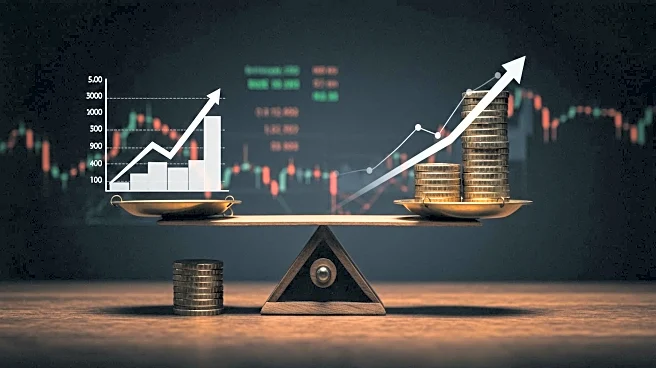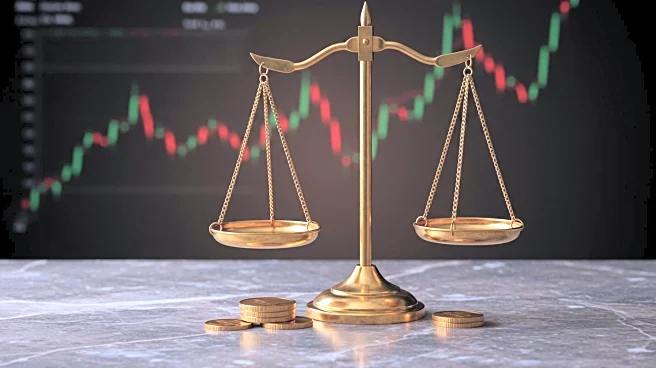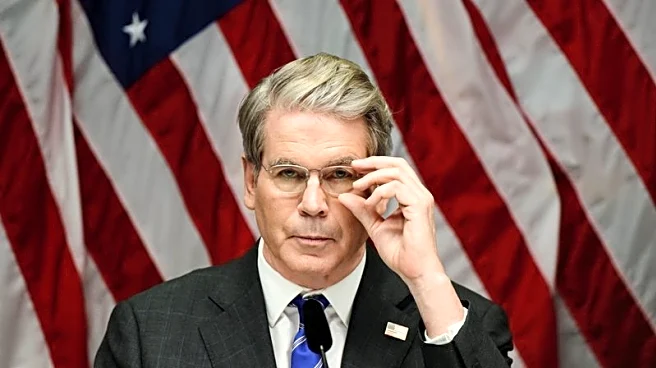Rapid Read • 7 min read
The latest Consumer Price Index (CPI) report indicates a 0.2% increase in inflation for July, down from 0.3% in June, with a year-over-year rate of 2.7%. The report suggests that tariffs have not yet significantly impacted inflation, contrary to earlier fears. President Trump has urged Federal Reserve Chair Jerome Powell to lower interest rates, citing the stable inflation data as justification. The report shows mixed results, with core inflation rising to 3.1% due to higher service costs, while energy prices fell. Analysts are divided on the likelihood of further rate cuts, with some cautioning that tariff-induced inflation may increase in the coming months.
AD
The stable inflation data provides the Federal Reserve with an opportunity to consider interest rate cuts to stimulate economic growth. Lower rates could benefit borrowers and businesses, potentially boosting investment and consumer spending. However, the rise in core inflation and potential future tariff impacts may limit the Fed's ability to ease monetary policy further. The decision to cut rates will have significant implications for the U.S. economy, affecting employment, inflation, and financial markets.
The Federal Open Market Committee (FOMC) is expected to discuss rate cuts at its September meeting, with analysts predicting a possible reduction. The Fed will closely monitor upcoming economic data, including employment reports, to assess the need for further monetary easing. The impact of tariffs on inflation will be a key consideration in future rate decisions, as businesses adjust to new trade policies.
The debate over interest rate cuts highlights the complex interplay between fiscal policy, trade tensions, and monetary policy. The Fed's decisions will be influenced by broader economic trends, including global trade dynamics and domestic economic indicators. The potential for increased tariff-induced inflation poses challenges for policymakers seeking to balance growth and price stability.
AD
More Stories You Might Enjoy











